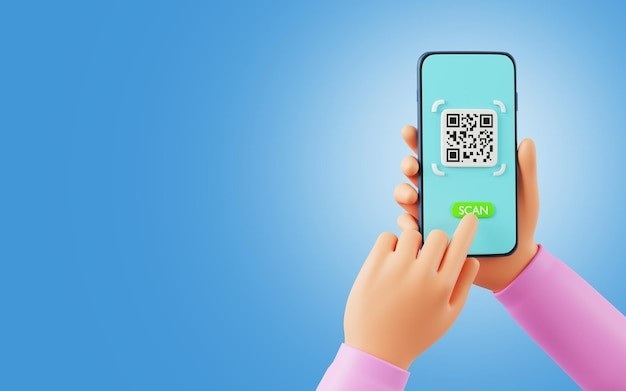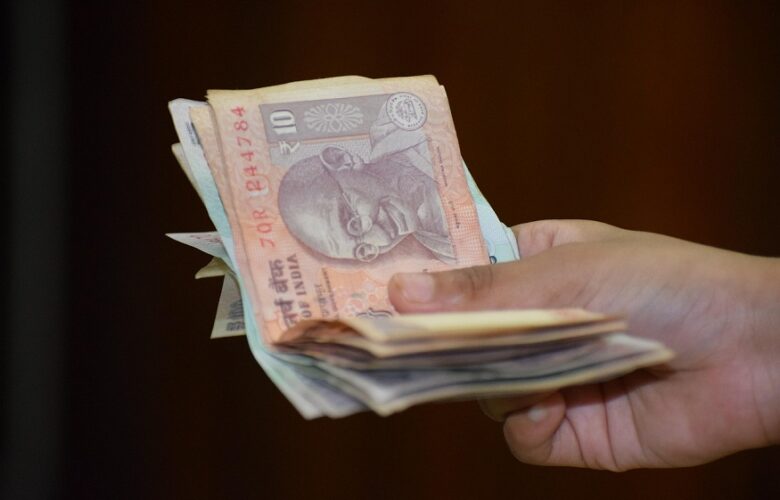Mobile payments have become increasingly popular in recent years, and Unified Payment Interface (UPI) apps are a common way to make mobile payments. UPI apps allow users to send and receive money instantly, pay bills, and make purchases through their smartphones. While UPI apps have many benefits, there are also some drawbacks to consider. In this article, we will explore the pros and cons of using UPI apps for mobile payments, as well as popular UPI apps available in India.
Pros of Using UPI Apps for Mobile Payments
1. Instant Transactions
UPI apps allow users to make instant transactions, which means that money can be transferred instantly, regardless of the time or day. This can be particularly beneficial for urgent or time-sensitive transactions.
2. Secure and Safe Transactions
UPI apps are designed with security in mind, and transactions are usually secured with multi-factor authentication. This helps to ensure that only authorized users can access the app and conduct transactions.
3. No Need for Cash or Cards
UPI apps eliminate the need for carrying cash or cards. This can be especially helpful for individuals who prefer to travel light or who do not have a credit or debit card.
4. User-Friendly
UPI apps are designed to be user-friendly and easy to use. They have simple interfaces that allow users to make transactions quickly and easily.
Cons of Using UPI Apps for Mobile Payments
1. Technical Issues
UPI apps may experience technical glitches or errors from time to time, which can cause delays in transactions or even failed transactions. This can be frustrating, particularly if you are in a hurry.
2. Limits on Transactions
UPI apps may have daily limits on transactions, which can limit the amount of money you can send or receive in a day. This can be particularly limiting for heavy users or those who need to make large transactions.
3. Limited Usage Without Internet Connectivity
UPI apps require an internet connection to work, which can be a drawback for users who do not have access to the internet or who live in areas with poor connectivity.
4. Risk of Fraud
Despite the security features of UPI apps, there is still a risk of fraud. This can occur if unauthorized users gain access to the app or if users are tricked into disclosing confidential information such as passwords or PINs.
In addition to the pros and cons of using UPI apps for mobile payments, there are specific features and benefits of UPI apps that can streamline your bill payments.
Here are some benefits of using UPI apps for bills:
Convenience of One-Stop Bill Payment
UPI apps allow users to pay various bills from different service providers through a single app. Whether it’s water bills, electricity bills, or mobile phone bills, UPI apps offer a one-stop solution to pay your bills from anywhere, anytime.
Quick and Easy Payment
UPI apps offer easy bill payment processes that eliminate the need for standing in long queues or visiting multiple payment centers. With a few clicks on your smartphone, you can pay your bills instantly. This feature saves time and effort, especially when you have to pay multiple bills.
Secure and Safe Payment
UPI apps offer reliable security features that ensure secure and safe bill payment transactions. Bill payments are secured with multi-factor authentication and are protected by UPI PINs or passwords, which makes it less vulnerable to any online fraud or unauthorized access.
Notifications and Reminders for Due Dates
UPI apps come with automated reminders and notifications that remind users about their bill payment due dates. This feature helps users avoid missing the due date and incurring late payment fees or penalties.
Cashbacks and Rewards
UPI apps offer users various cashback rewards or discounts when they make bill payments or use the app for transactions. It encourages users to pay their bills through the UPI app and provides value for money.
Popular UPI Apps in India
Here are some popular UPI apps in India:
1. Bajaj Finservapp
The Bajaj Finserv app is a popular UPI app that allows users to send and receive money instantly. The app features Bajaj Pay UPI for quick and easy transactions. The app also offers cashback rewards, Bajaj Coins, vouchers on successful UPI transactions. It also offers a range of other features, including bill payment, mobile recharges, and easy access to personal loans.
2. Google Pay
Google Pay is a popular UPI app that allows users to send and receive money, pay bills, and make purchases online. It also offers cashback rewards and various other features.
3. Paytm
Paytm is a multi-purpose UPI app that allows users to make mobile payments, pay bills, and transact online. It also offers cashback rewards and various other features.
4. PhonePe
PhonePe is a UPI app that allows users to send and receive money, pay bills, and make purchases online. It also offers various cashback rewards and other features.
Conclusion
UPI apps make mobile payments quick, easy, and secure. With the Bajaj Finserv Wallet app and other UPI apps available in India, it’s easy to send and receive money, pay bills, and transact online. However, it’s important to be aware of the potential drawbacks of using UPI apps, such as technical issues, transaction limits, limited usage without internet connectivity, and the risk of fraud. By choosing a reliable and secure UPI app and taking precautions to protect your confidential information, you can make the most of mobile payments and enjoy the convenience of UPI apps. Download the Bajaj Finserv Wallet app today and simplify your mobile payments.UPI apps make mobile payments convenient and accessible for all. The Bajaj Finserv app and other UPI apps mentioned here offer a simple and easy-to-use platform for paying bills on-the-go. With automated reminders, secure transactions, and cashback rewards, paying bills through UPI apps is a hassle-free process. It’s vital to ensure that you choose a trustworthy and reliable UPIapp.




